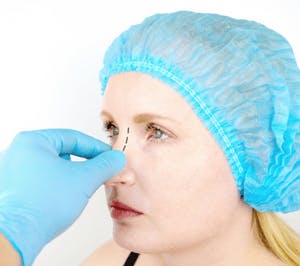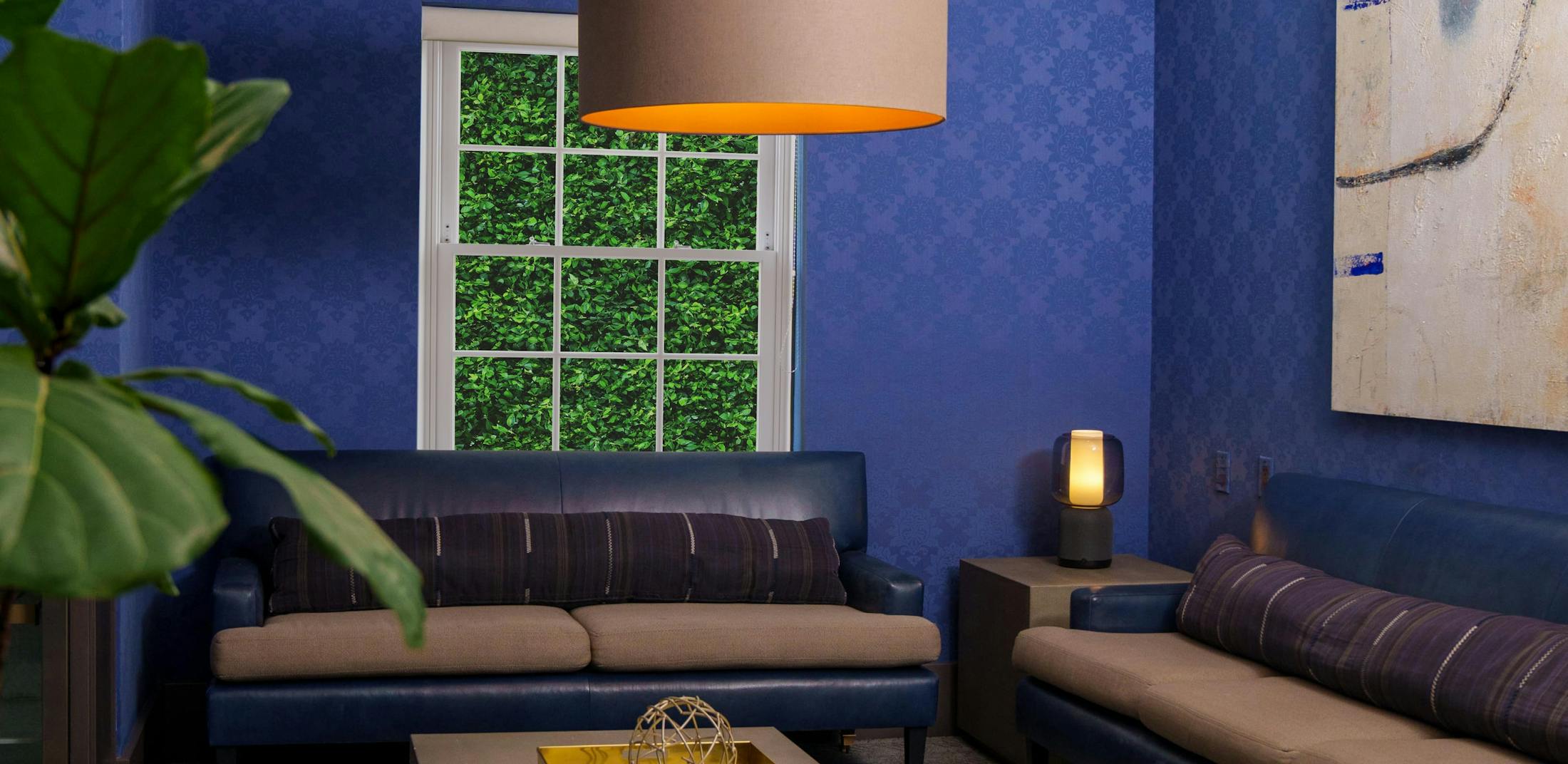
Whether you’re interested in having rhinoplasty in Beverly Hills because you’re unhappy with the way your nose size, style or shape, there are features you’d like to enhance or you’re experiencing breathing or medical problems due to deformities with its structure, it’s best to learn about the different types available. All too often, new Torkian Facial Plastic Surgery patients assume that there is only one style performed, when there are several different types of nose job surgeries regularly performed by Dr. Behrooz Torkian, MD, a double-board certified facial plastic surgeon specializing in various cosmetic procedures, including rhinoplasty.
Please review the following information below to learn of the various types of rhinoplasty surgeries available so you can make the best decision for your situation.
- What Is Rhinoplasty in Beverly Hills?
- Benefits of Rhinoplasty
- Which Type of Rhinoplasty Is Right for You?
- What Are the 15 Types of Rhinoplasty Surgeries?
- Rhinoplasty Surgery Risks
- Key Takeaways
What Is Rhinoplasty in Beverly Hills?
A nose job, also known as rhinoplasty, is a surgical procedure that involves changing or altering the size, shape, or structure of the nose to correct irregularities, injuries, features or to improve breathing. The procedure is often performed for cosmetic and functional purposes, although many patients have it done for both.
To perform rhinoplasty, Dr. Torkian alters bone and cartilage and may add tissue grafts to the patient’s nose to achieve the desired outcome. The exact surgical techniques used for the procedure are dependent on the patient’s nasal anatomy and goals. Recovery takes several weeks, during which patients should adhere to all post-operative guidelines so they can heal and recover swiftly while allowing the results of their procedure to settle. Some mild bruising, swelling and slight discomfort during the first few weeks are common.
Benefits of Rhinoplasty
Rhinoplasty is a safe and effective procedure that provides dramatic improvements to the structure, shape and in some cases function of the nose. Below are some of the many reasons people choose to have nose job surgery.
Improves appearance – Rhinoplasty improves the overall appearance of the nose, making it more proportionate to the rest of the face. It also corrects asymmetry and deformities.
Improves breathing – Rhinoplasty improves nasal function and is often recommended to repair a deviated septum or address other structural issues that impair proper breathing.
Increases self-confidence – Rhinoplasty patients are more confident and satisfied with their results and appearances.
Corrects congenital defects and damage – Rhinoplasty corrects birth defects of the nose. It also fixes damage to the nose from trauma, injuries, and disease.
Despite being one of the most popular cosmetic procedures, rhinoplasty is not ideal for everyone. A consultation is necessary with a qualified rhinoplasty surgeon in Beverly Hills to learn if the procedure is right for you.
Which Type of Rhinoplasty Is Right for You?
The best way to determine which type of rhinoplasty is right for you is to consult with a qualified, board-certified plastic surgeon. Dr. Behrooz Torkian is a double-board certified Facial Plastic and Reconstructive surgeon and Otolaryngologist and is ready to discuss your situation and goals so you can decide which rhinoplasty style can give you the results you desire.
To determine which type of rhinoplasty is ideal for you, Dr. Torkian performs a visual and physical examination of your nose, reviews your medical history, and listens to your cosmetic concerns before providing his professional recommendation on the different types of rhinoplasties that are most appropriate for you and your individual needs and goals.
What Are the 15 Types of Rhinoplasty Surgeries?
There are several different techniques used to perform rhinoplasty. Each style has certain benefits and disadvantages which is why it’s important to discuss your nose job concerns and goals with a board-certified rhinoplasty surgeon.
- Augmentation rhinoplasty adds volume to the nose with a synthetic implant or the patient’s own cartilage.
- Reduction rhinoplasty reduces the size of the nose by removing excess bone or cartilage.
- Nasal tip refinement improves the appearance of the nasal tip by reshaping or repositioning the cartilage.
- Nasal bridge augmentation raises the height of the nasal bridge by using a synthetic implant or the patient’s own cartilage.
- Nasal bridge reduction lowers the height of the nasal bridge by removing excess bone or cartilage.
- Nostril reduction reduces the size of the nostrils by removing excess skin or cartilage.
- Alar base reduction narrows the width of the nostrils by removing excess skin or cartilage.
- Deviated septum repair corrects a deviated septum, which is a structural deformity of the nasal septum that can cause breathing difficulties.
- Septal perforation repair fixes holes or perforations in the nasal septum.
- Nasal valve repair improves the function of the nasal valves, which are the small openings on the sides of the nostrils that allow air to flow into the nose.
- Turbinate reduction reduces the size of the turbinates, which are small, scroll-like structures inside the nose that help filter and humidify the air we breathe.
- Nasal polyp removal removes nasal polyps, which are small, non-cancerous growths that can develop in the lining of the nose.
- Nasal cyst removal: This procedure is used to remove nasal cysts, which are small, fluid-filled sacs that can form in the lining of the nose.
- Nasal reconstruction rebuilds the nose after injury or trauma, or to correct congenital deformities.
- Ethnic rhinoplasty improves the appearance of the patient’s nose while preserving or enhancing their ethnic features.
It’s important to note that these procedures can be performed individually or in combination, depending on the specific needs and goals of the patient.
Rhinoplasty Surgery Risks
There are risks associated with nose job surgery. Some complications are specific to the patient and others are common with any type of surgical procedure. There are certain factors that elevate the risk of complications for some individuals. Dr. Torkian discusses all potential risks with candidates during their consultation and before their operation.
Below are some of the most common risks involved with rhinoplasty.
- All surgical procedures that utilize anesthesia carry the risk of adverse reactions to the medications used and complications related to the administration of the anesthesia.
- There is a risk of infection following any surgical procedure, including rhinoplasty. This risk can be minimized by taking care to follow the aftercare instructions provided by Dr. Torkian.
- Rhinoplasty involves making incisions in the skin, which can cause scarring. The extent of scarring depends on the type of rhinoplasty surgery performed and the patient’s healing process.
- There is a risk that the results of the surgery may not be exactly what the patient had hoped for. Dr. Torkian’s rhinoplasty patients are completely satisfied with the outcome of their procedures.
- There is a risk of nerve damage during rhinoplasty, which can result in numbness or a loss of sensation in the area. This risk is typically temporary and resolves on its own over time.
- A hematoma is a collection of blood that has escaped from the blood vessels and has accumulated in the tissue. This can occur following surgery and may require additional treatment.
- Rhinoplasty alters the shape of the nose, which may affect breathing temporarily.
It is important to discuss these risks and any concerns you may have with your surgeon prior to the procedure. Your surgeon will provide you with more information about the risks and complications of rhinoplasty and how they can be minimized.
Key Takeaways
Rhinoplasty is a type of surgery that is used to redesign and improve the function and/or appearance of the nose. It is suitable for most adult patients, regardless of age. Some rhinoplasty surgeries are more beneficial than others depending on the patient’s profile, desired changes, and Dr. Torkian’s expert recommendations. There are some risks involved, but thanks to Dr. Torkian’s expertise, they rarely occur. To help prepare patients for their procedures, recovery, and aftercare, Dr. Torkian provides patients with instructions to follow and is available to address any concerns.
If you are ready to learn more about rhinoplasty or to schedule a rhinoplasty consultation, contact Torkian Facial Plastic Surgery today! (310) 652-6673.

